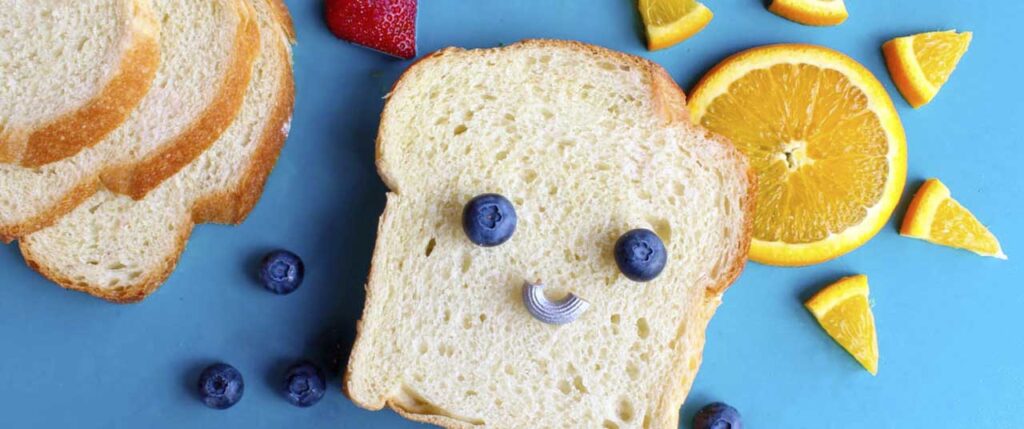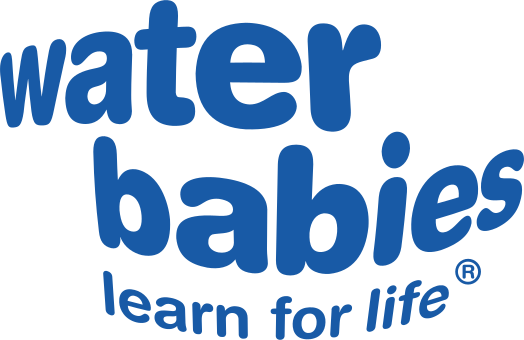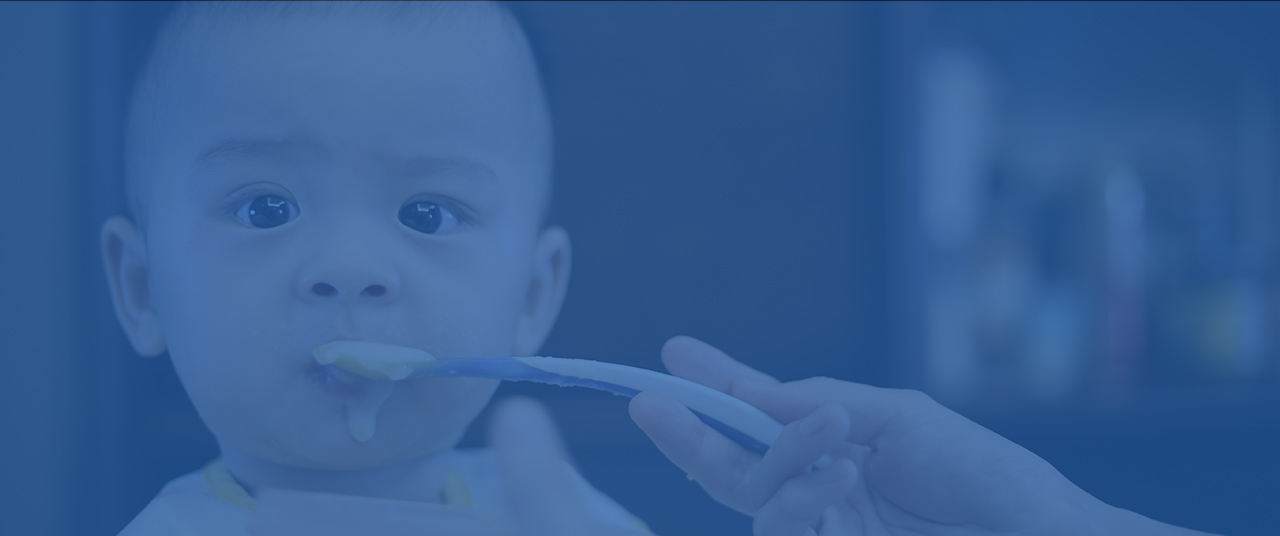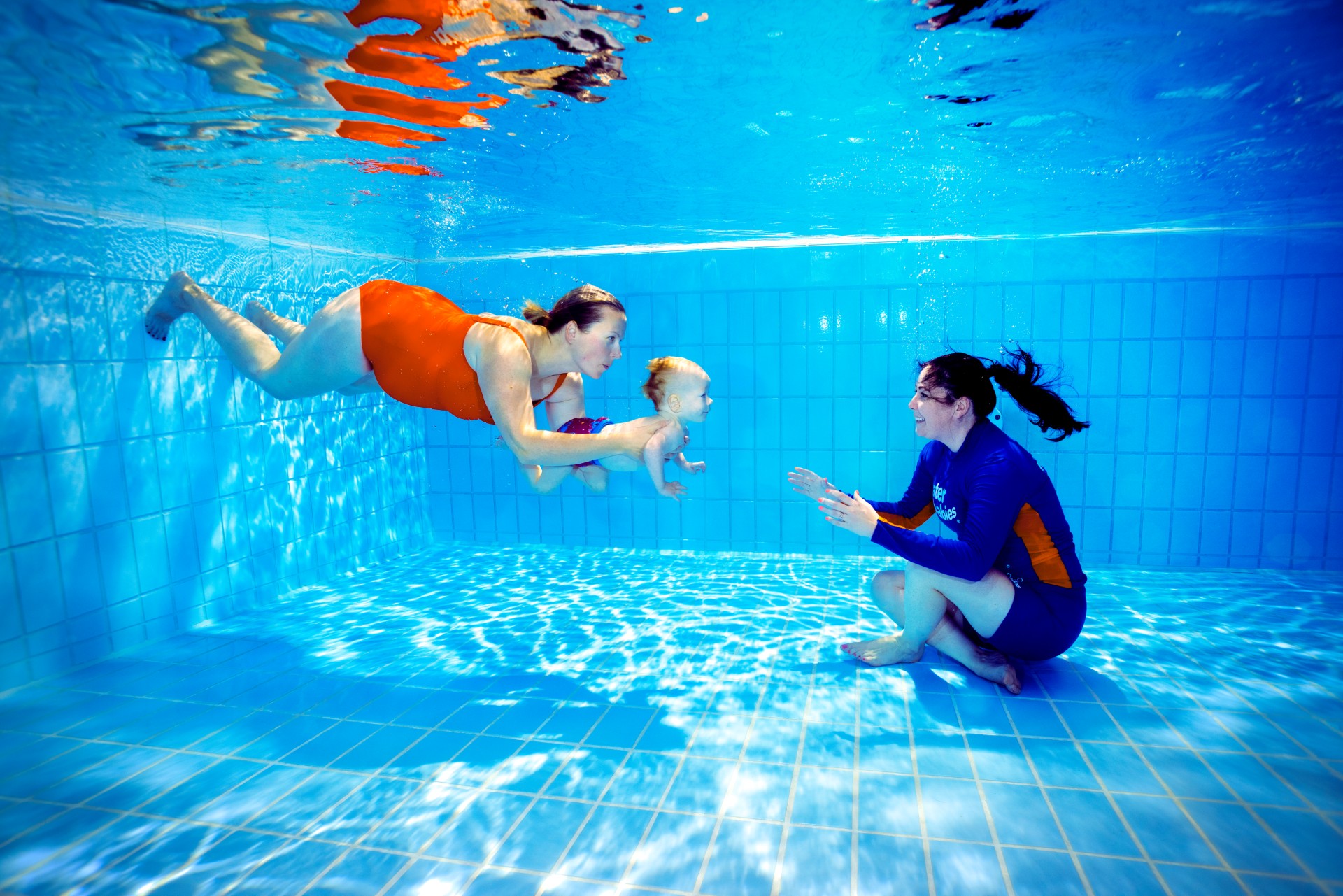As a parent, feeding your little one solid food for the first time can feel a bit daunting. But it’s a big step in your baby’s development – and something for you both to feel excited about.
There’s a world of flavours and textures out there waiting for your little one to enjoy. Because a healthy appetite aids healthy development!

When’s too early for weaning?
It’s best to wait to introduce your baby to purees and mushy food until they’re 6 months old, because breast milk or formula is key for protecting your baby against any infections. [1] They’ll also still be getting most of their nutrients from it too. But try to focus less on what your baby is eating and more on getting them used to the new sensations. And in time, you’ll be able to increase the level that they eat. They might even be able to start feeding themselves!
It can be tricky to know exactly when your baby is ready. But generally, there are three main signs to look out for:
1. Sitting upright
When your little one can sit in a seating position and hold their head steady.
2. Keeping it down
When your little one can keep their food down, rather than spit it back out!
3. Coordination is key
When they can co-ordinate their eyes, hands and mouth so they can pick up the food and put it in their mouths independently. [2]
So what’s baby-led weaning?
Baby-led weaning is like traditional weaning, except it’s when your baby makes the choice of what to eat, which means more solid, finger foods from the start. So down those purees and the spoons, because baby’s leading this one!
You can start baby-led weaning at 6-months too, complemented by formula and breast milk. And it can get very mucky indeed. But what are the benefits of baby-led weaning?
- Help your little one strengthen their co-ordination skills and improves their dexterity
- Helps them develop oral motor skills – bigger lumps mean they’re learning to chew rather than just swallow more pureed, mushier foods in traditional weaning
- Makes them less fussy – getting their tastebuds tingling with lots of different textures and flavours will make them less picky in the future, making dinner time more palatable for you too!

Okay, but what about the traditional method?
There really is no right or wrong way to feed your baby. In fact, there’s just as many benefits to the traditional method (and it’s way less messy).
You can monitor exactly how much they’ve eaten
You can make sure that their diet is varied
It’s more convenient – particularly when you’re on the go!
It’s certainly food for thought.
Sources
[1] Introducing solid foods, Unicef, https://www.unicef.org.uk/babyfriendly/wp-content/uploads/sites/2/2008/02/Start4Life-Introducing-Solid-Foods-2015.pdf, 2015
[2] Your baby’s first solid foods, NHS, https://www.nhs.uk/conditions/pregnancy-and-baby/solid-foods-weaning/


